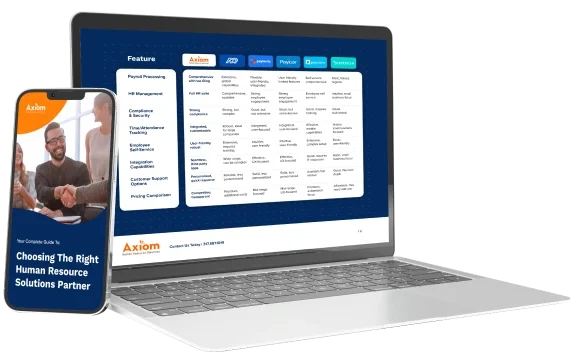I meet a lot of resistance when I ask employers about job descriptions, and I get it: Job descriptions are not legally required, and they’re a little time-consuming to create. But that’s the end of the arguments against them. The list of arguments for thorough, well-formed job descriptions is much longer.
Maybe your organization has been getting by just fine without job descriptions. Maybe your team is made up of nothing but wildly functional and productive individuals. Even you need job descriptions. Every organization does, and the reasons that’s true extend beyond ensuring that each employee understands exactly what’s expected of him or her. (Although, in my book, that’s enough reason right there.) Here’s what I mean:
- Job descriptions help keep you in compliance with the Americans with Disabilities Act (ADA) and ADA Amendments Act (ADAA). The 2008 ADAA shifted the focus from whether a candidate or employee has a disability to whether that person can perform the essential functions of a job. If you don’t have those essential functions mapped out clearly in a job description, you are in a weak position should any discrimination charges arise. You have no obligation to hire someone who can’t do the job you need, but don’t you have an obligation to protect yourself, your company, and your employees?
- Job descriptions ensure that employees are fit to return to work after workers’ compensation, disability, or other leave. You need a clear set of duties on file to make viable any physician’s approval of an employee’s readiness to come back to work. Having an employee back on the job before he or she should legitimately be released by a physician is a clear danger—not just for that employee but for everyone at the company and for your liability.
- Compensation, recognition, and discipline make much more sense to everyone involved when there’s a clear job description behind them. How can you keep compensation fair and ensure that it accurately reflects performance without an outline of expectations—and the goals you can clearly outline based on them? There’s no solid way of identifying performance that falls short of—or exceeds—expectations if those expectations haven’t been defined.
- Fostering employee development depends on job descriptions. Show an employee where he or she stands and can go with job descriptions. A clear path from one position to another depends on knowing exactly where education or other career development is required. And for an employee, knowing where the road leads is great motivation to take initiative and get to the next level.
A thorough job description needs to include
- Title
- Supervisor
- FLSA status (and which exemption applies, if any)
- Job purpose (that is, the reason the position exists)
- The essential duties of the position
- Physical requirements and education/knowledge requirements
After it has been introduced and agreed upon, a job description should be signed by the employee and his or her supervisor, so that it’s clear everyone has been made aware of the information. Otherwise, you lose a lot of the benefit to this whole endeavor, which—did I mention?—is extremely important. So, please, go forth and describe.
